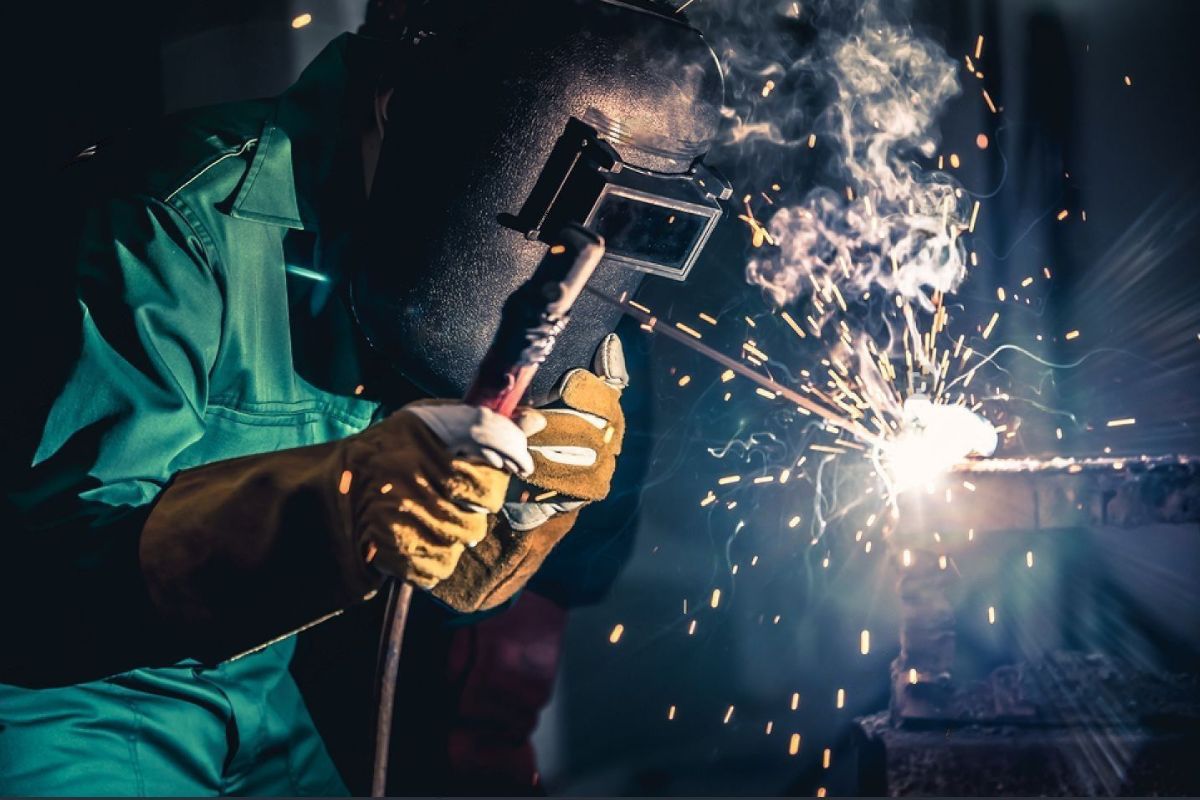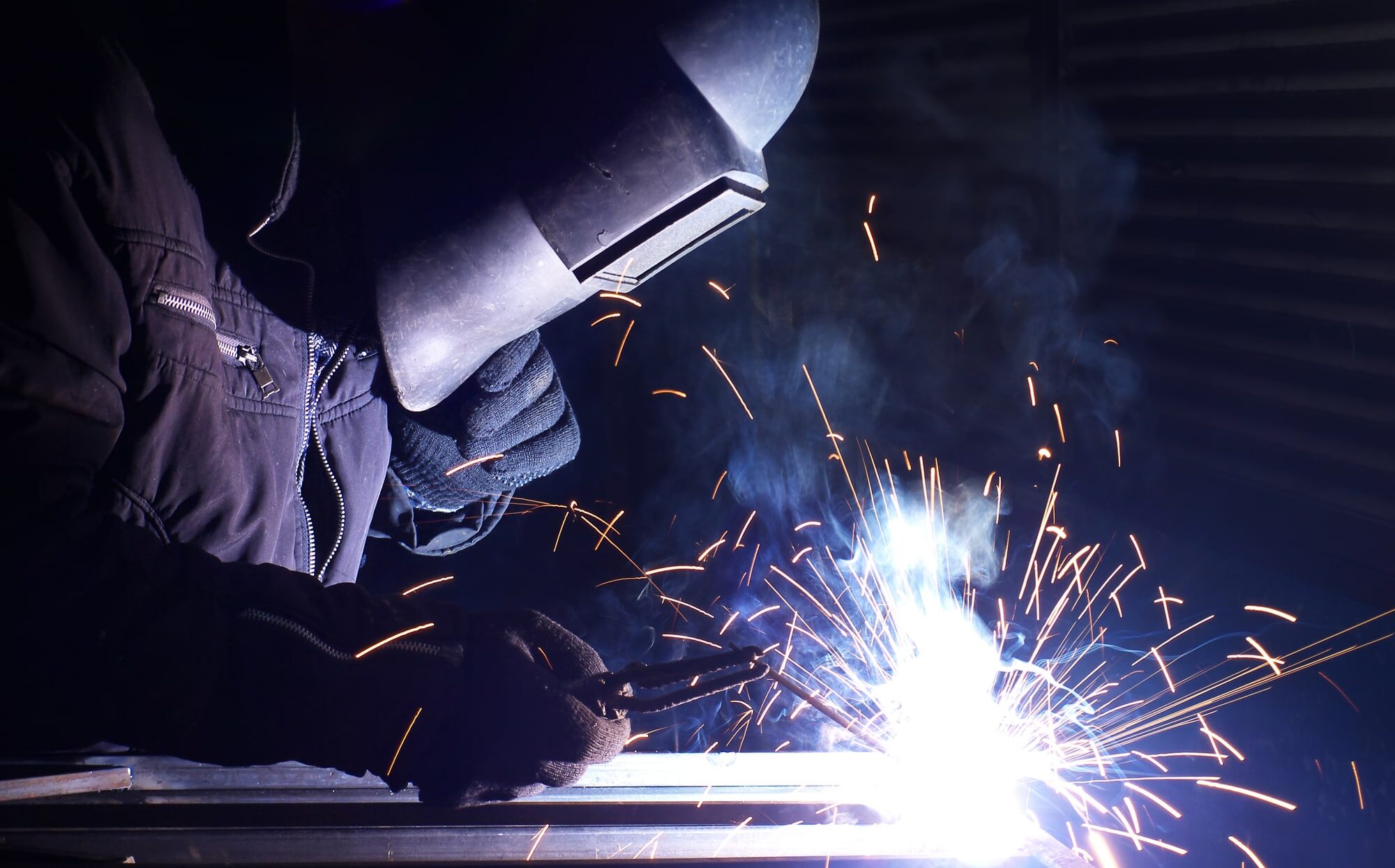Common Welding Fixing Issues and How to Address Them Successfully
Welding fixings frequently experience a variety of issues that can jeopardize the integrity of the final product. Typical issues consist of poor penetration, porosity, and imbalance, amongst others. Each defect offers special difficulties that need certain strategies for resolution. Comprehending these concerns is vital for welders intending to enhance their end results and skills. This conversation will certainly check out these typical welding fixing problems and efficient techniques to resolve them.
Poor Penetration
Insufficient penetration happens when the weld metal stops working to completely fuse with the base material, leading to weak joints and potential architectural failures. This issue commonly stems from not enough warm input, wrong electrode angle, or improper welding rate. Welders may run into insufficient penetration because of a miscalculation of the needed criteria for a details material density or type. In addition, contamination on the base material's surface area can impede effective bonding, aggravating the issue. To address poor infiltration, welders need to assure proper setups on their tools and preserve a clean work surface area. Normal examination of welds is suggested to recognize any type of deficiencies early, enabling timely modifications and the prevention of endangered architectural stability in welded assemblies.
Porosity
Porosity is a typical problem in welded joints that manifests as little gas bubbles trapped within the weld steel. This problem can compromise the honesty of the weld, bring about reduced stamina and prospective failing under stress and anxiety. Montana Mobile Welding and Repair. Porosity generally emerges from contamination, dampness, or incorrect welding methods, which enable gases to run away right into the molten weld swimming pool. To deal with porosity, welders must guarantee appropriate surface prep work, keep a tidy workplace, and utilize suitable welding specifications. Additionally, selecting the appropriate filler material and shielding gas can minimize gas entrapment. Routine examination and testing of welds can assist determine porosity early, ensuring prompt corrective activities are taken, thus maintaining the top quality and reliability of the welded structure
Misalignment
Imbalance in welding can arise from various aspects, including inappropriate arrangement and thermal growth. Recognizing the origin is important for efficient resolution. A number of correction methods are readily available to straighten parts and guarantee structural honesty.
Reasons for Imbalance
Welding misalignment usually comes from a variety of underlying issues that can jeopardize structural integrity. One main reason is inappropriate fit-up of parts prior to welding, which can lead to voids and uneven surface areas. Variants in thermal development throughout the welding process can also lead to distortion, particularly if the materials being joined have different coefficients of expansion. In addition, inadequate securing and fixturing may stop working to hold elements securely in area, resulting in activity during welding. Poorly kept equipment, consisting of welding equipments and devices, might present inconsistencies in the weld grain, additional adding to imbalance. Operator mistake, stemming from not enough training or experience, can additionally play a substantial role in creating misaligned welds.

Adjustment Methods Available
Dealing with misalignment properly calls for a combination of restorative strategies tailored to the certain issues at hand. One usual approach is using fixtures or jigs to hold parts in the appropriate position during welding, ensuring regular placement. Furthermore, preheating the materials can help in reducing distortion and boost fit-up. For significant misalignment, mechanical realignment methods, such as using hydraulic jacks or clamps, can be utilized to correct the placement before welding. Post-weld heat treatment may likewise be needed to relieve tensions triggered by misalignment. Ultimately, mindful examination and modification during the arrangement phase can protect against imbalance issues from becoming substantial problems, promoting a smoother welding procedure and improving overall architectural stability.
Distortion
Distortion is an usual challenge in welding that can emerge from different elements, including unequal heating and cooling. Recognizing the sources of distortion is crucial for implementing efficient avoidance strategies. Resolving this concern not just improves structural integrity however also enhances the general high quality of the weld.
Reasons for Distortion
When subjected to the intense heat of welding, products commonly undergo adjustments that can lead to distortion. This phenomenon mainly emerges from thermal expansion and tightening throughout the welding process. As the weld area warms up, the material broadens; upon air conditioning, it contracts, which can produce inner anxieties. On top of that, irregular home heating throughout a work surface can aggravate these stress and anxieties, causing warping or bending. The kind of material likewise plays a significant role; metals with varying thermal conductivity and coefficients of growth might respond differently, bring about unforeseeable distortions. Bad joint layout and insufficient fixturing can add to misalignment throughout welding, increasing the probability of distortion. Recognizing these causes is necessary for reliable welding fixing and avoidance methods.
Avoidance Techniques
Reliable prevention methods for distortion throughout welding concentrate on controlling warmth input and making certain proper joint design. Keeping a regular heat input aids to minimize thermal development and tightening, which can lead to distortion. Making use of techniques such as pre-heating the work surface can also lower the temperature level slope, promoting consistent home heating. Additionally, picking ideal joint layouts, such as T-joints or lap joints, can enhance stability and decrease stress focus. Executing proper fixturing to secure the workpieces in area even more aids in preserving positioning throughout the welding process. Staggered welding sequences can disperse warm more evenly, protecting against local distortion. By using these approaches, welders can considerably decrease the probability of distortion and boost the total top quality of their welds.
Breaking
Cracking is a typical problem run into in welding repairs, usually arising from various factors such as inappropriate cooling rates, material choice, or poor joint prep work. The incident of cracks can greatly endanger the stability of the weld, causing potential failings during procedure. To resolve this problem, welders need to first analyze the root creates, making sure that products are suitable and suitably picked for the certain application. Additionally, controlling the air conditioning rate throughout the welding procedure is necessary; rapid air conditioning can induce stress and anxiety and bring about fracturing. Correct joint layout and prep work additionally add to lessening the danger. Executing these approaches can enhance weld top quality and toughness, inevitably minimizing the likelihood of splitting in finished weldments.

Incomplete Combination
A considerable concern in welding repairs is incomplete fusion, which occurs when the weld steel does not properly bond with the base material or previous weld passes - Montana Mobile Welding and Repair Belgrade Welding. This flaw can lead to weak points in the joint, possibly compromising the integrity of the welded framework. Elements adding to incomplete combination include insufficient heat input, incorrect welding technique, and contamination of the surfaces being signed up with. To resolve this concern efficiently, welders more info here must guarantee appropriate pre-weld cleaning and surface area prep work, as well as adjust their welding criteria to attain appropriate infiltration and blend. Regular inspection throughout the welding process can additionally assist determine insufficient blend early, enabling for timely rehabilitative procedures to enhance the total high quality of the weld
Overheating
While welding repairs can improve architectural stability, overheating offers a substantial challenge that can bring about product destruction. Excessive warmth during welding can change the mechanical buildings of steels, leading to reduced toughness, raised brittleness, and warping. This sensation is especially important in high-stress applications where structural integrity is paramount. Recognizing overheating can involve visual examinations for staining or distortion, as well as monitoring temperature throughout the welding procedure. To minimize the threats associated with getting too hot, welders should use ideal techniques, such as managing heat input, adjusting travel speed, and using suitable filler products. Furthermore, executing pre- and post-weld warmth therapies can assist recover product buildings and enhance the total high quality of the repair service, making sure long-lasting performance and security.
Regularly Asked Inquiries
What Are the Common Indications of a Welding Issue?

How Can I Evaluate My Welds for High quality?
To evaluate welds for top quality, one can make use of visual evaluations, ultrasonic testing, and radiographic methods. Each method guarantees structural honesty, identifies issues, and validates adherence to specified requirements, inevitably enhancing the dependability of the welded joints.
What Safety Precautions Should I Take While Welding?
When welding, one should prioritize click now safety by putting on proper personal protective devices, making certain appropriate ventilation, securing combustible products away, preserving a tidy workspace, and knowing environments to stop accidents and injuries.
Can I Repair a Weld Without Redoing the Entire Joint?
Repairing a weld without renovating the entire joint is possible, depending upon the damages (Montana Mobile Welding and Repair Fabrication). Methods such as check this site out grinding, including filler product, or making use of a welding procedure can effectively resolve certain defects while protecting the bordering structure
What Devices Are Vital for Effective Welding Repairs?
Crucial tools for reliable welding repair work consist of a welding equipment, cable brush, mill, safety equipment, clamps, and filler products. Each tool plays a crucial duty in ensuring quality and safety during the repair work process. Porosity usually occurs from contamination, dampness, or incorrect welding strategies, which allow gases to run away right into the molten weld pool. Poorly maintained devices, consisting of welding makers and tools, may introduce inconsistencies in the weld bead, additional adding to misalignment. When subjected to the intense warmth of welding, products typically undergo adjustments that can lead to distortion. Cracking is a common problem experienced in welding repairs, frequently resulting from various elements such as incorrect cooling rates, product choice, or inadequate joint preparation. A substantial issue in welding repair work is incomplete fusion, which occurs when the weld metal does not appropriately bond with the base product or previous weld passes.